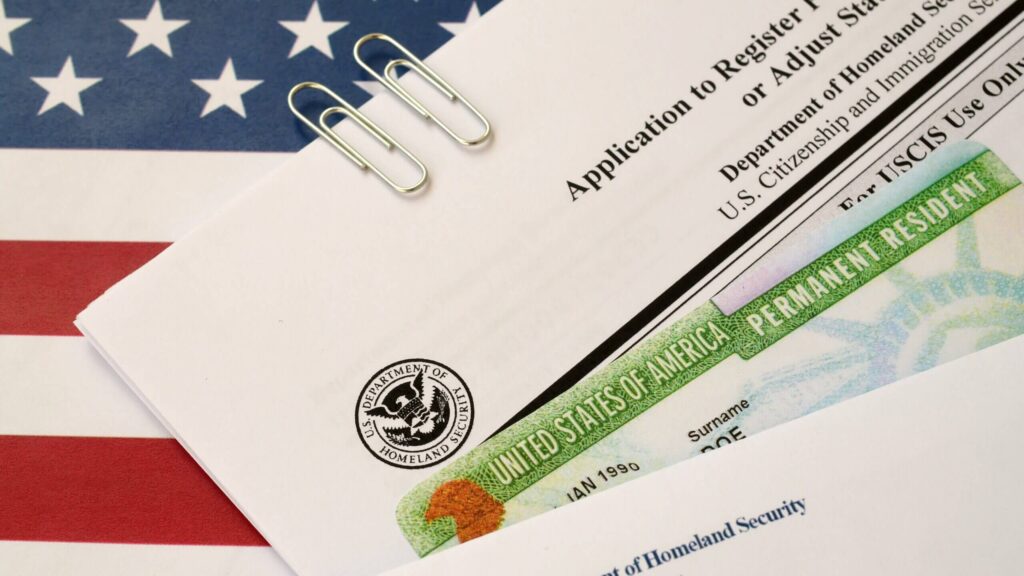Introduction: Welcome to our blog! If you’re considering making the United States your permanent home, you’ll need to navigate the process of obtaining residency. This can seem daunting, but with the right guidance, you can successfully complete the application process. In this post, we’ll provide you with a comprehensive step-by-step guide on how to process your residence application in the United States.
Step 1: Determine Your Eligibility: The first step in obtaining residency in the United States is determining your eligibility. There are several pathways to residency, including family sponsorship, employment-based immigration, and humanitarian programs. Research the different categories and determine which one applies to your situation.
Step 2: Choose the Appropriate Immigration Form: Once you’ve determined your eligibility, you’ll need to select the appropriate immigration form to apply for residency. Common forms include Form I-485 (Application to Register Permanent Residence or Adjust Status), Form DS-260 (Immigrant Visa Electronic Application), and Form I-130 (Petition for Alien Relative), among others. Consult with an immigration attorney or use the official USCIS website to ensure you choose the correct form.
Step 3: Gather Required Documentation: Next, gather all the required documentation to support your residency application. This may include proof of identity, evidence of relationship (if applying through family sponsorship), employment history, financial documents, and any other supporting evidence required by your specific immigration category. Make sure to organize your documents properly to avoid delays in processing.
Step 4: Complete and Submit Your Application: Carefully complete the immigration form, ensuring that all information provided is accurate and up-to-date. Double-check the form for any errors or omissions before submitting it. Depending on your immigration category, you may be required to submit your application online through the USCIS website or by mail to the appropriate USCIS office. Pay the required filing fees and submit your application along with all supporting documents.
Step 5: Attend Biometrics Appointment (if applicable): After submitting your residency application, you may be required to attend a biometrics appointment to provide fingerprints, photographs, and signature for background and security checks. USCIS will notify you of the appointment date, time, and location. Make sure to attend the appointment as scheduled to avoid delays in processing your application.
Step 6: Attend Interview (if applicable): Depending on your immigration category, you may be required to attend an interview as part of the residency application process. USCIS will notify you of the interview date, time, and location. Prepare thoroughly for the interview by reviewing your application and gathering any additional documents requested by USCIS. Answer all questions truthfully and confidently during the interview.
Step 7: Await USCIS Decision: Once you’ve completed all the necessary steps in the residency application process, you’ll need to wait for USCIS to make a decision on your application. This can take several months or longer, depending on the current processing times and the complexity of your case. USCIS will notify you by mail of their decision.
Conclusion: Obtaining residency in the United States is a significant milestone that requires careful planning and preparation. By following this step-by-step guide and seeking guidance from immigration professionals, you can navigate the residency application process successfully. Remember to stay patient and proactive throughout the process, and don’t hesitate to reach out to USCIS or an immigration attorney if you have any questions or concerns.





